News
:: A Fantasy with Petro and Master Ko
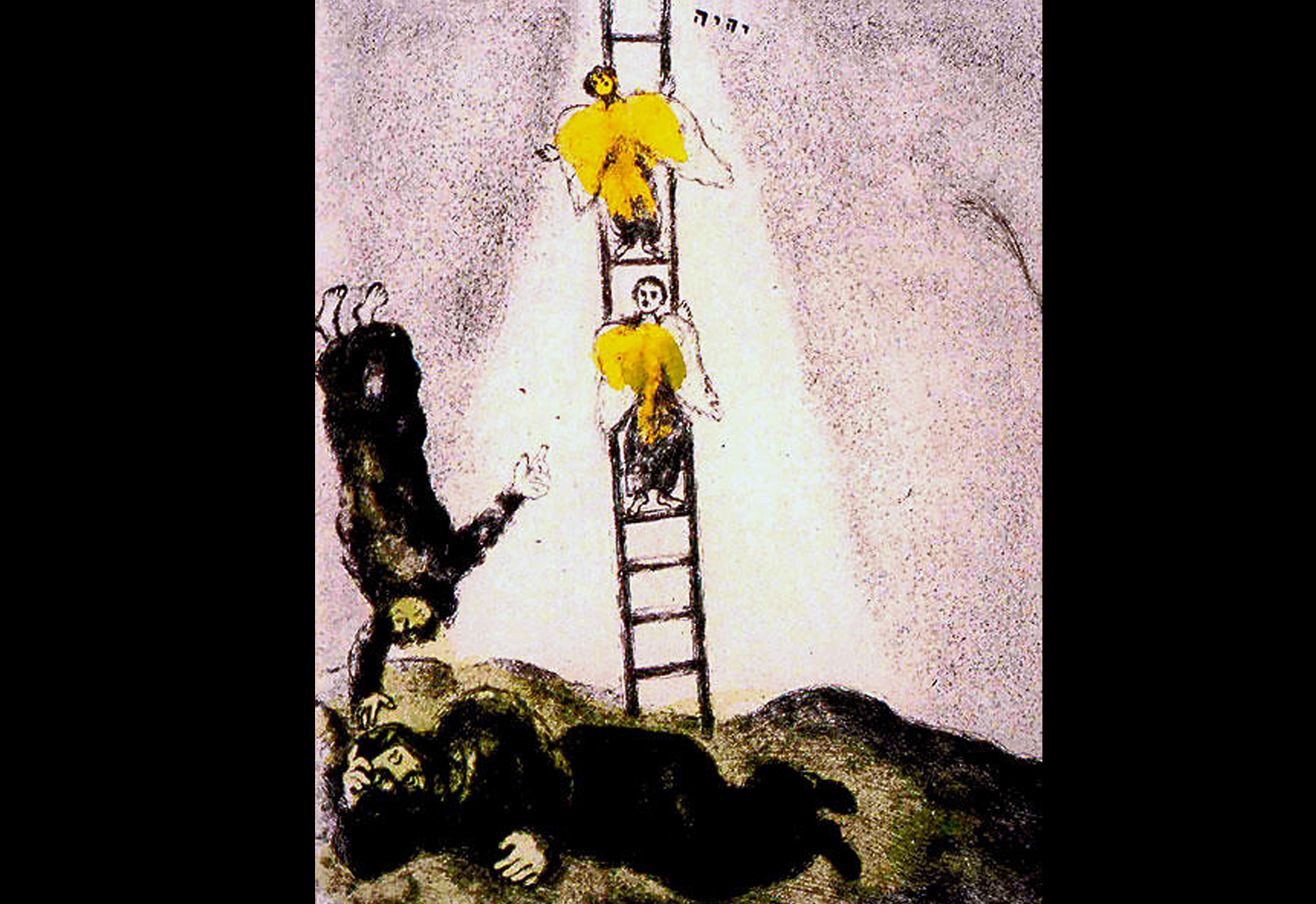
Detail: Marc Chagall, Jacob’s Ladder, Lithography, 30s
Classification
Whenever I think of religions, delving into this ambiguous subject, I try to imagine what a force they once were and what a significant influence they had. For me, this is expressed in the cathedrals that have been built over the centuries. Religions were once necessary inventions, through numerous achievements they have shaped numerous epochs, but also the modern crisis of our thinking and acting would not have come about without them. At present, the sciences, religions and the arts are forced to rethink their premises. We are perplexed by the drifting apart of many sciences and their technical and technological achievements.
This crisis, which drags on endlessly, has also affected the arts, which were an anticipation of the conditions of life and whose artificiality we should understand with foreboding: We live in a century in which the surprising can happen.
A Fantasy with Petro and Master Ko
As usual, Petro places his right foot on the last step of the ladder, pushes himself off with the force of his body to the level where he meditates for an hour. But what he sees there shocks him until he gets used to the sight. Someone took his seat in front of him. “Call me Master Ko,” he greets him. “What are you doing here?” Petro looks into the old man’s brightening face. “Your master has come to see you,” the old man says, adding, “I’m checking up on you.”
“You talk too much smugly for me,” says Master Ko, looking questioningly at Petro. To which Petro replies, “Didn’t I work my butt off to get there? A little further every day. Isn’t that some kind of a service? And you say I am complacent.” Master Ko doesn’t let up, “You are in love with what you have learnt, nothing more. You lack all courage.” Petro, upset, says to the old man, “You are the talking temptation.” Laughing, Master Ko replies that he already knows what Petro is doing. “You cannot escape being.” That hit him. Petro looked around for help. Petro looked around seeking help. “Is it true what Master Ko says about me? Have I lost my courage? What is he talking about? Don’t I crawl up here every morning and prove to myself that I can do without speech?” Master Ko looks at him a little worriedly and adds thoughtfully, “You want to force an answer to your questions. In doing so, you have completely forgotten what actually motivates you, like so many things that can make one quite sad. Turn on the light that gives you motivation. Look at the elevation of the platform. Distrust the hasty answers. Leave this platform!” Petro was helpless against the fall, once he reached the bottom he felt his way: “I will reach other levels that will lead me into the unknown.”
(Arthur Engelbert, Berlin – March 2021)
:: The Future of the Kiosk
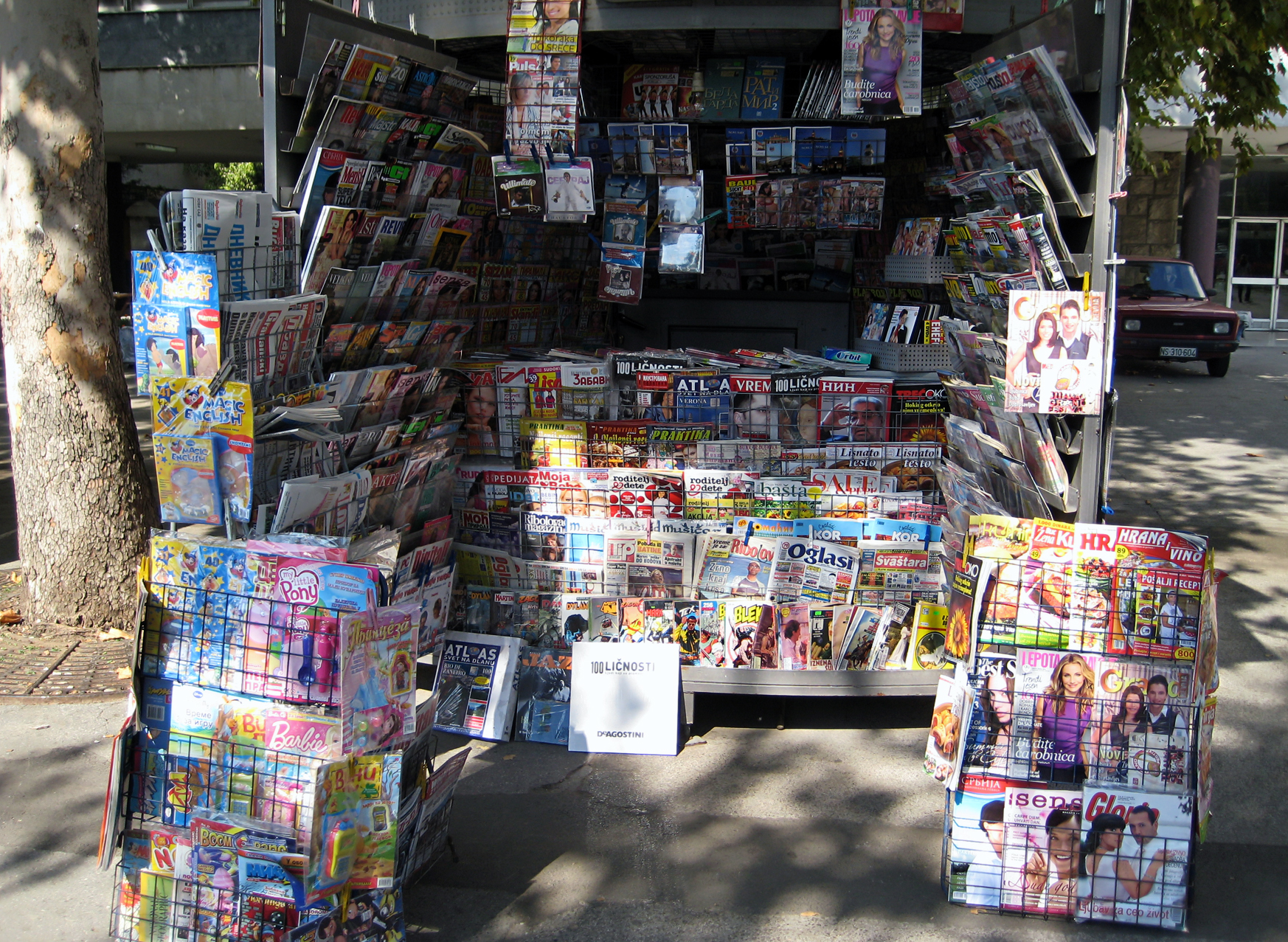
Serbien_09_2010
The thesis of the kiosk is the following: What takes the place of the social institution of the kiosk? For this purpose I try to give a detailed description of “The Kiosk of Łódź”, including an artistic discussion of this topic. An interesting answer to this question depends on the current change in late shopping (Spätkauf). If you look away from the historically changing range of offers at the kiosk and if you look away, for example, from the competition in time between late shopping and supermarkets in Germany, the social role of late shopping has also changed, to put it simply: you see (young) people sitting together for a drink at some late shoppings, as was previously only the case at the corner pub.
The Future of the Kiosk
Manuscript (PDF) see below:
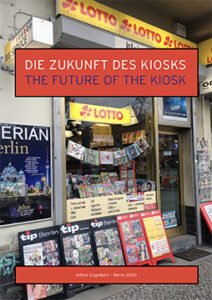
:: Associative Art Library (alphabetically supported, partly name and topic based)
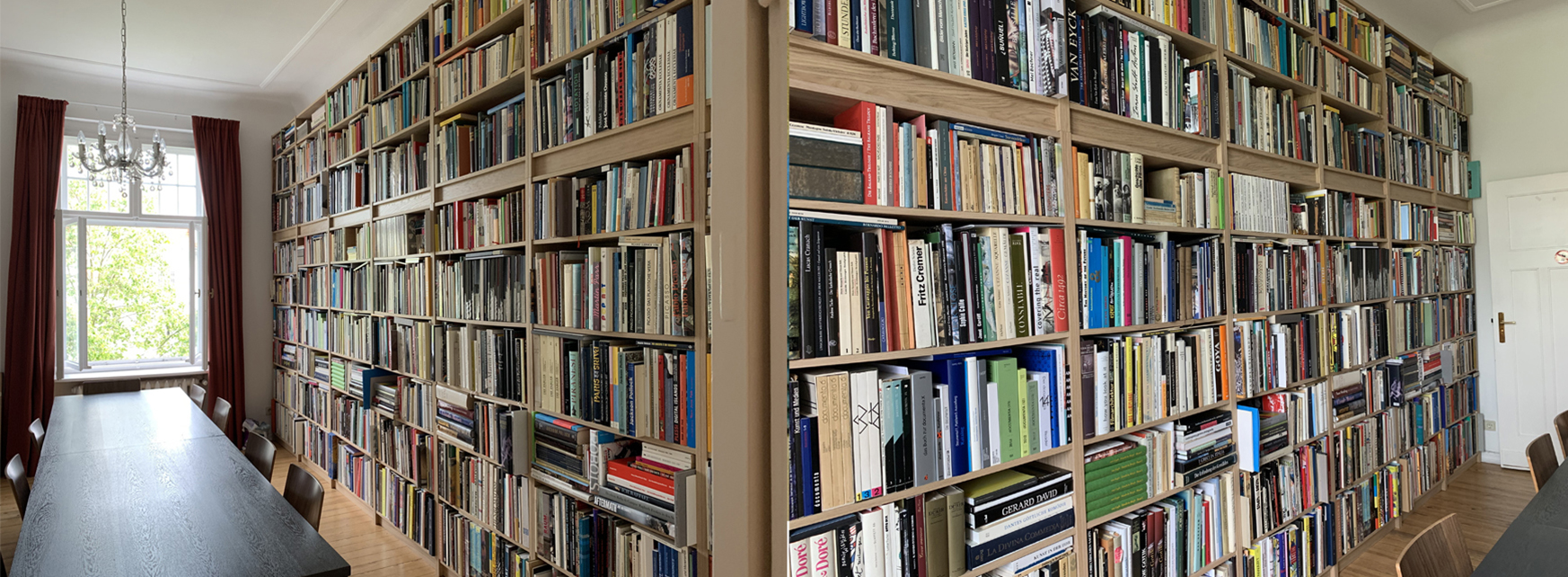
From 01.10.2020 at sprachConcept, Hortensienstr. 28, 12203 Berlin I Before that at Studiolo, Hagenstr. 9, 14193 Berlin
:: Art as a Medium of the Message?
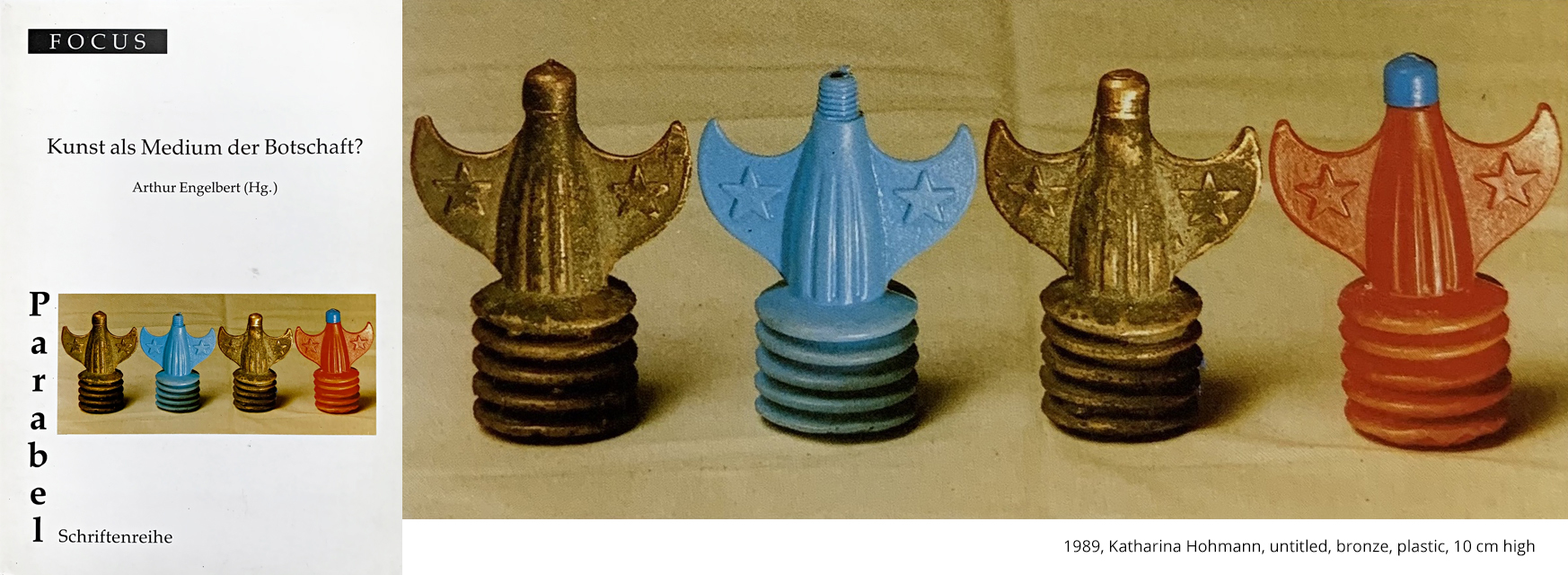
From my balcony.
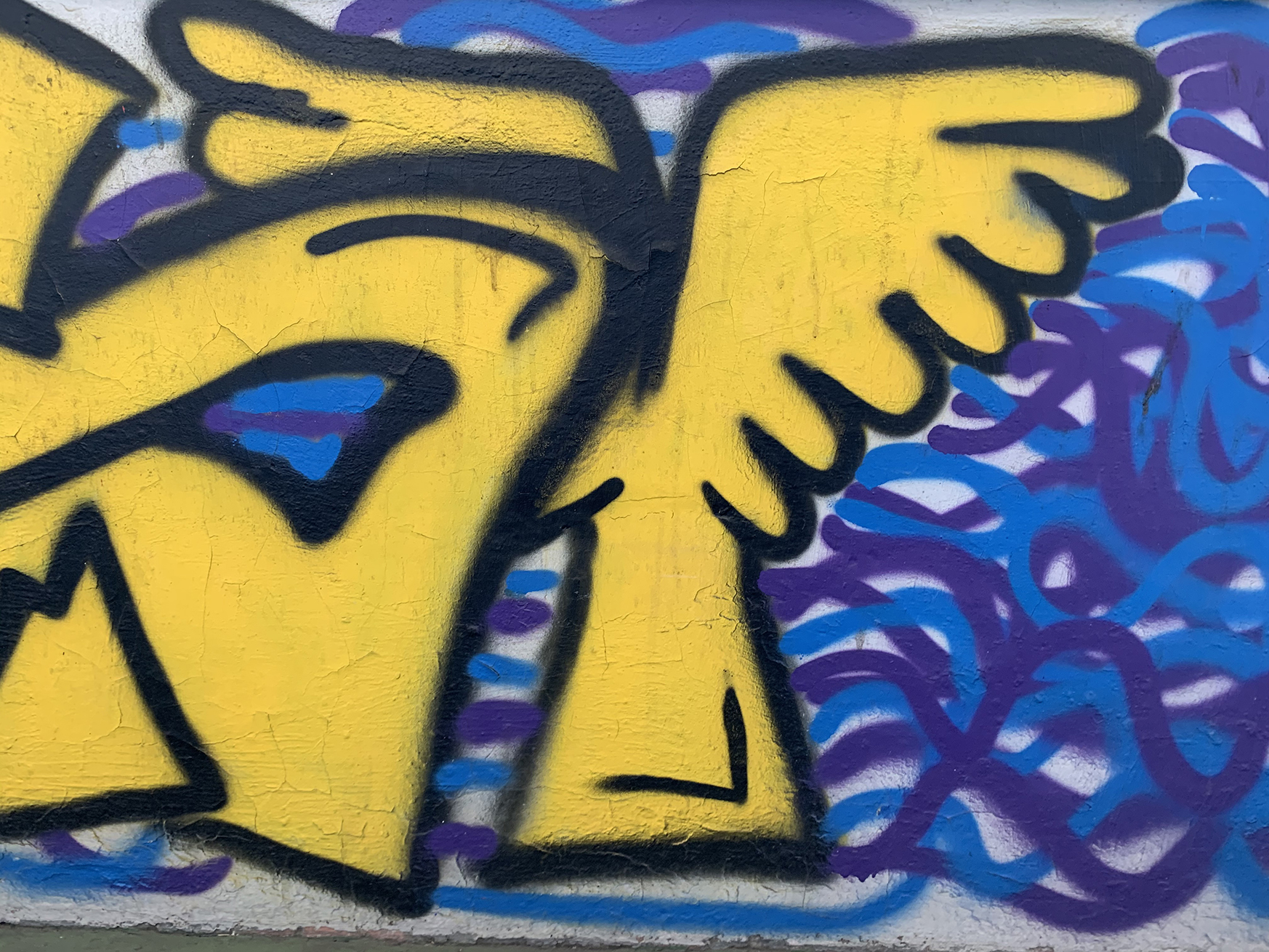
2015, Graffiti (detail), Francesco Engelbert, 3 m x 1 m
:: AKTUELLE TENDENZEN
Verlaufslinien der Kunst- und Medientheorien (2019), Herausgeber: Felix Urban
FESTSCHRIFT for Arthur Engelbert
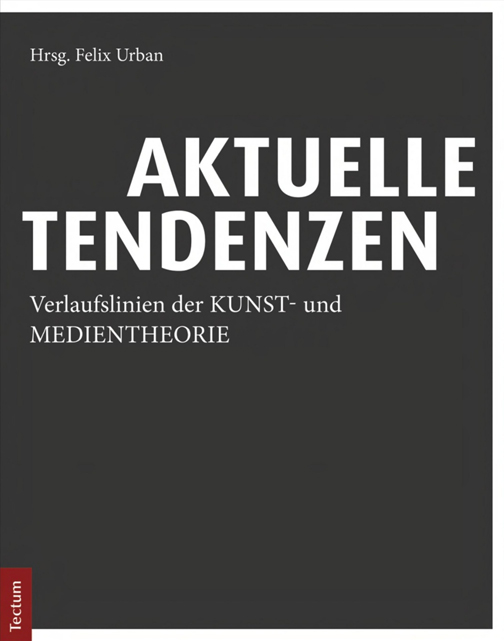
Mit Beiträgen von Claus Baldus, Peter Bexte, Wolf Borchers, Tomke Braun, Bazon Brock, Timo Brüsewitz, Mauro Cappotto, Christo Doherty, Stefan Eikermann, Nirto Karsten Fischer, Raanan Gabay, Winfried Gerling, Detlef Günther, Celine Keller, Anna Maria Maier, Nina Meinhold, Clara Meister, Ulrike Riemann, Daniela Schmidtke, Sebastian Schmitt, Kay Schönherr, Hartmut Schröter, Semjon H. N. Semjon, Eckhardt Siepmann, Achim Trautvetter und Felix Urban.
Broschiert/kartoniert: 290 Seiten I Baden-Baden: Tectum Wissenschaftsverlag 2019
:: Erweiterter Kunstbegriff – Das Kunstlicht. Artificial Light (2016-2018)
Meditations-, Sound- und Kunstausstellungsprojekt auf Sizilien, jeweils im Juni

:: Teaching at IIT/ IDC Bombay, funded by DAAD and IIT Bombay (2017-2019)
2017: Pedestrian Republic. Realization: Romeo and Julia on the pavement -> Pedestrian Republic
2019: Das Bauhaus oder die Frage nach dem Bett – Indien -> Productions

Towards the end of my teaching last year in India this picture was taken directly after the visit (29.11.2019) of the Global Vipassana Pagoda (north of Mumbai) at the nearby beach (Gorai Beach).
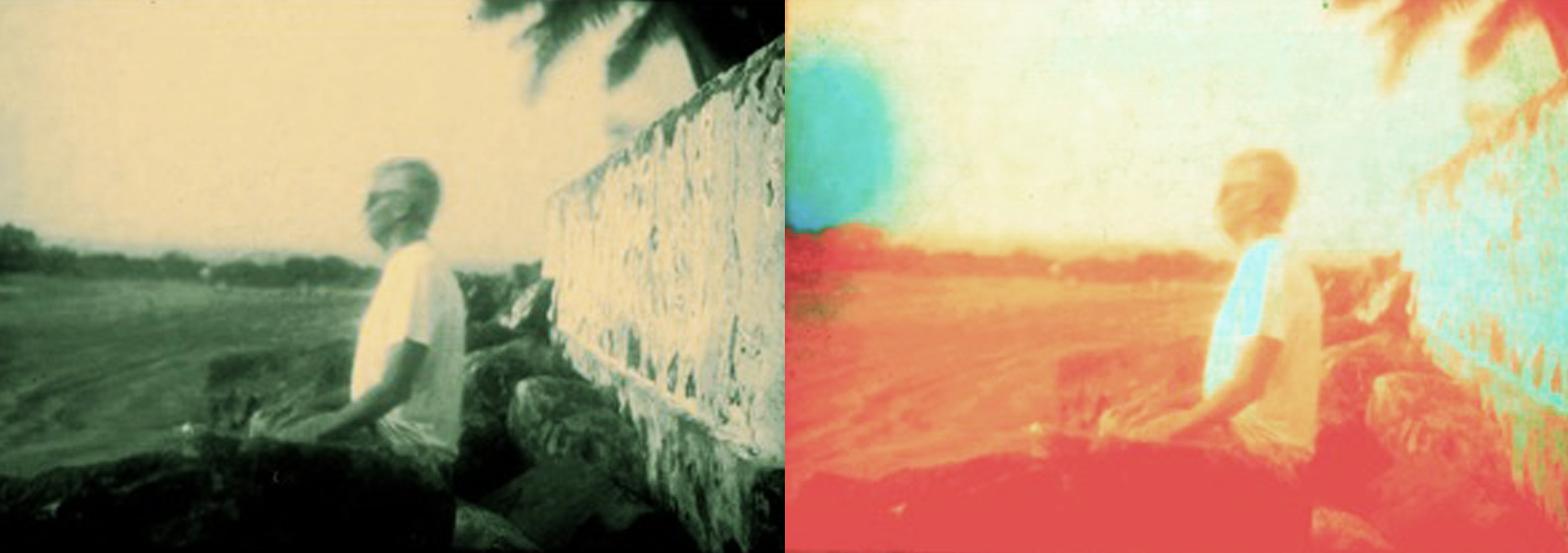
Long term recording 25 min., AE sitting (photos: Marek Pozniak)
:: Medienpass
Symposium (in Planung)

Im Anhang des Buches Idiorrhytmie findet sich ein konkreter Vorschlag zur Umsetzung des Medienpasses. Das historische Vorbild für einen Medienpass ist der Ausweis über die abgeleistete Fahrten-Schwimmer-Prüfung. In der thematischen Vorbereitung (navigare necesse est) ist u.a. ein Symposium geplant.
:: Was braucht man wirklich?
Symposium (in Planung)
Reduzierung lebensnotwendiger Dinge:
a: Adressen – formale Identitäten
Hotel/Wohnung, Smartphone, Computer, wLan, Listen mit Namen
b: Netzwerk
Cafés, Bibliotheken, Mensen, Car Sharing, Foren im Internet
c: Sport-, Schlafmatte
Sportschuhe, Sportkleidung, Nachtzeug
d: Musikinstrument und Hörliste
Koffer, Bluetooth/Kopfhörer/Lautsprecher
d: Persönliche Sachen
Was in einem Koffer geht